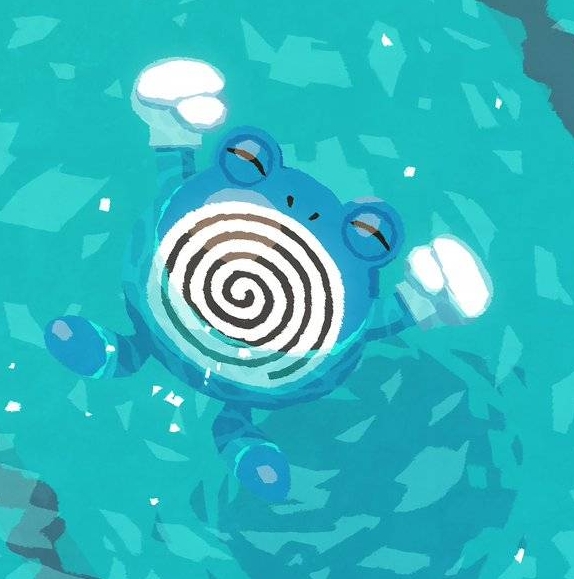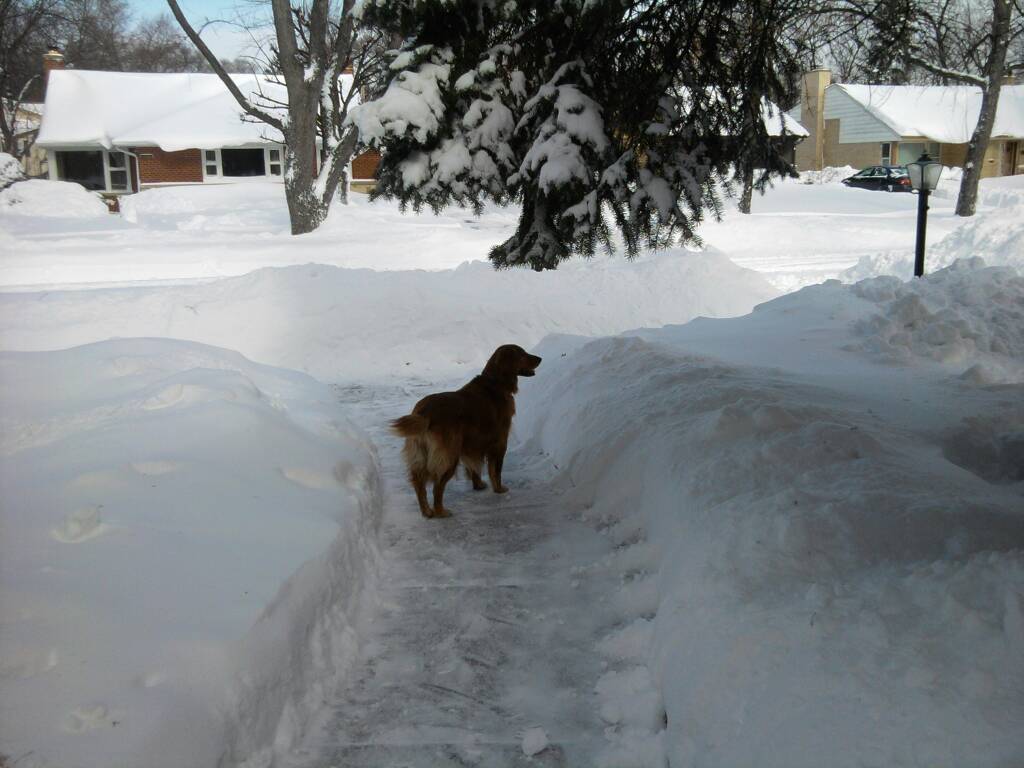In 2024, with GNOME 45, Wayland, and 1.25 fractional scaling, regular DPI displays still look better than HiDPI displays. This is a photo of Discord on two laptops side by side.
The blurry one is the HiDPI display from Framework 13. The sharp one is a regular DPI display from Dell XPS 13. Both laptops.
The difference is even more stark in person.
Even the screenshots from the Framework are blurrier than the screen shots from the Dell.
Non integer display scaling will always look like crap. Either set the scaling to 1 or 2 if you want it to look sharp. It’s better to increase font and icon sizes if they are too small.
Non integer display scaling will always look like crap.
No it won’t, Windows has had this figured out for at least a decade
Apple, too. The 2012 MacBook Pro had a high DPI display, and everything scales normally even when dragging windows over to non-HiDPI external monitors.
That’s not even getting into the mobile OSes, which have to deal with nonstandard display sizes and resolutions all the time, across multiple settings for accessibility.
Either set the scaling to 1 or 2 if you want it to look sharp

I just switched the scale to 2x on the Framework and it also looks blurry. Actually, I wanna say the Framework display at 2x is worse than at 1.25x… I can see more of the fuzz around the fonts now. Framework at 2x on the left, Dell XPS 13 with the font size increased on the right.
It’s better to increase font and icon sizes if they are too small.
I haven’t tried this, but seems logical.
Coming from a Dell XPS 13 where everything Just Works ™ , I’m bummed Framework’s choice for display isn’t Linux compatible. I might just end up returning the Framework, the blurry fonts are messing with my eyes…
Did you make sure to disable fractional scaling before setting the 200% setting? If not, then it’s not an actual integer scaling and it will have the same issues as other non integer scales
If you don’t like it you can send me the laptop. I’ll dispose of it.
Framework’s choice for display isn’t Linux compatible.
They really should have set the option
Make_Discord_Blurry_On_Framework_Laptopsto"false"in the Linux kernel.
Yeah, I stopped using display scaling and switched to this text scaling setting to get a similar result in a cleaner way,
$ gsettings set org.gnome.desktop.interface text-scaling-factor 1.25
Both of these are perfectly legible.
Have you gone outside this week?
“The blurry one” bro, which one is blurry or sharp. You never said left or right and assume we persieve things like you do
This might be a bit of a hot take, but fractional scaling is generally not worth it, it almost always leads to some apps rendering things blurry and uses slightly more graphics resources. I’ve got a Framework 13 and I can say that just turning on the Large Text feature in Accessibility settings does the trick for me. This obviously doesn’t work for everyone’s needs, but if you’re like me and just want things to stay crisp but big enough to read, this could be a viable alternative.
For apps on supported compositors (not Discord, it’s even experimental in Chromium), fractional-scale-v1 works quite nicely depending on the scale. Qt6 can have some minor artifacts at times when using some custom scales like 115%
Tell me you have no idea what you are doing, without telling me you have no idea what you are doing.
Why are you using discord to compare and not literally any other app on the computer that actually has working scaling?
Maybe it’s the app he first noticed the difference in
I really wish the framework had an easy to replace screen the way the other components are. some sort of lock in place kind of thing.
Uh, I just see a not so high quality photo
light mode Discord

Did you enable subpixel font rendering and mess with the hinting?
the yellowed colour temperature of the one on the right is more offensive than any blurring
Text and vector graphics should scale quite well. There are some cases where fractional scaling doesn’t work out, for example on borders that are 1 pixel wide @1x. Do you render them 2 pixels wide @1.5x, or 1 pixel? I have a Windows system for work and 1.5x scaling in Firefox renders buttons uneven, so the borders are thicker on some sides and thinner on others.
Fractional scaling isn’t the best solution, but even with most desktop displays transitioning from 2560x1440 to 3840x2160 we get fractional scaling. Sucks that 5120x2880 isn’t more mainstream for ~27" displays.
Sucks that 5120x2880 isn’t more mainstream for ~27" displays
I’ve been waiting for so long for a OLED/mini LED 27" 5K display with >=120Hz… Would be an almost instant buy from me… I don’t care if I need a new GPU, I can scale my game to 1440p and it will look just like it does now: fine!
I fear that at these resolutions we will discover that UI frameworks are not really scalable in terms of performance
Unless it changed recently, Gnome and fractional scaling factors do that. When you set it to 1.25, internally it does 2x then downscales that back to 1.25.
Even “real” fractional scaling in Plasma with Qt 6 is not much better. Text will look slightly sharper, but icons are still blurry. There is no way for them to look sharp with 1.25 scaling since they are drawn with a pixel grid in mind. Unless you invent some way to stretch svgs so that their individual elements and spaces between them retain their integer-ness while the scale of the whole image is fractional.
The only other solution is monitors with 300+ PPI where blurriness is simply not noticeable (that’s the way Apple went).
What bugs me is we have fsr and dlss and all these cutting edge scaling techniques for the 3d game space, but we’re stuck fighting pixels on desktop I guess
FSR and DLSS work well if you have a lot of pixels to work with, but it gets drastically worse the fewer you have to work with.
Both also struggle with text.
It’d be completely unusable for a lot of typical computing
FSR and DLSS work well if you have a lot of pixels to work with, but it gets drastically worse the fewer you have to work with.
I’m not sure I understand this, I use FSR to scale from 480 to 1080 which I thought was the intent? Render small image and then fill in information to make it closer to native resolution?
But yes it definitely it struggles with text, I wouldn’t expect to apply existing solutions and have it all just work, more like something specialized for text and desktops, using tensor cores or whatever.
I’m ultimately just frustrated we live in a time with tech to generate an image of a potato bug juggling flaming swords, while simultaneously failing to have a good UI experience with HiDPI displays that are becoming more and more common.
SVG is vector based, you can scale it endlessly. I don’t know how KDE does it, but the only thing I can imagine SVG giving you grief scaling is if the DE is caching bitmaps and scaling the cached versions instead of redrawing the icons.
Caching bitmaps for SVGs is sensible, not updating them when needed is madness. So probably it’s something else.
It is scalable but the icons are still drawn against the virtual pixel grid. If an icon is designed to be perfectly pixel-aligned when rasterized at a certain size, then rasterizing it at 1.25 of that size will cause small distortions if it contains small elements (such as 1 px width lines).
You might want to update soon https://gitlab.freedesktop.org/xorg/xserver/-/merge_requests/1197
deleted by creator
Agreed. I just see one that’s brighter and that makes it hard to not prefer it.
I can’t even see which one is good and which one is bad. They are just different.











